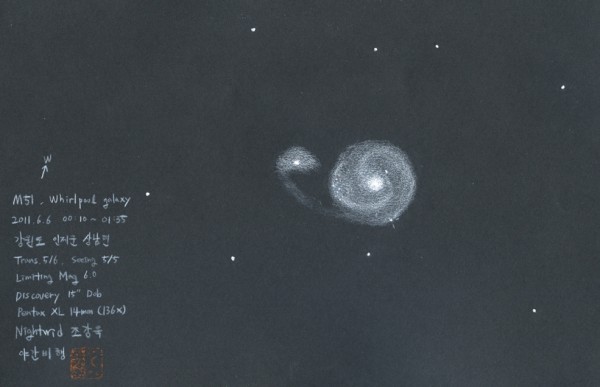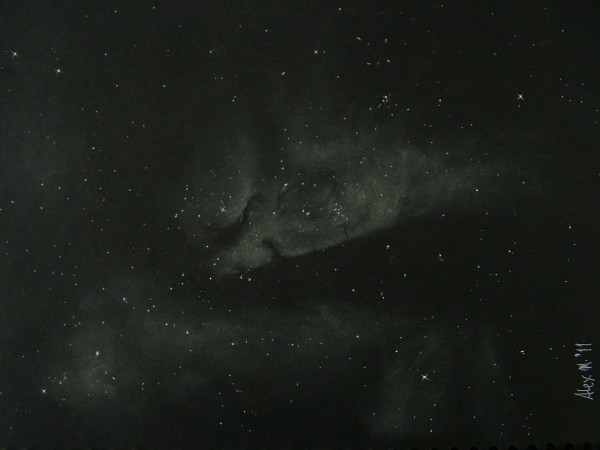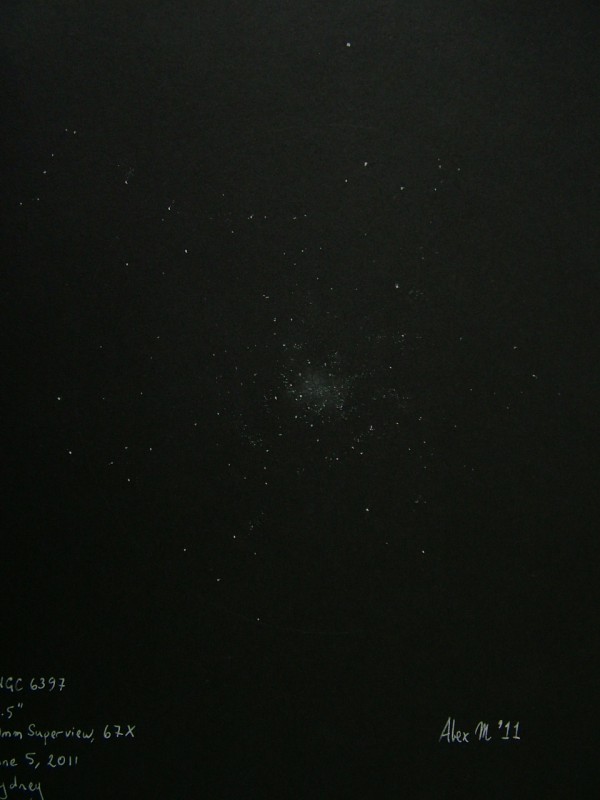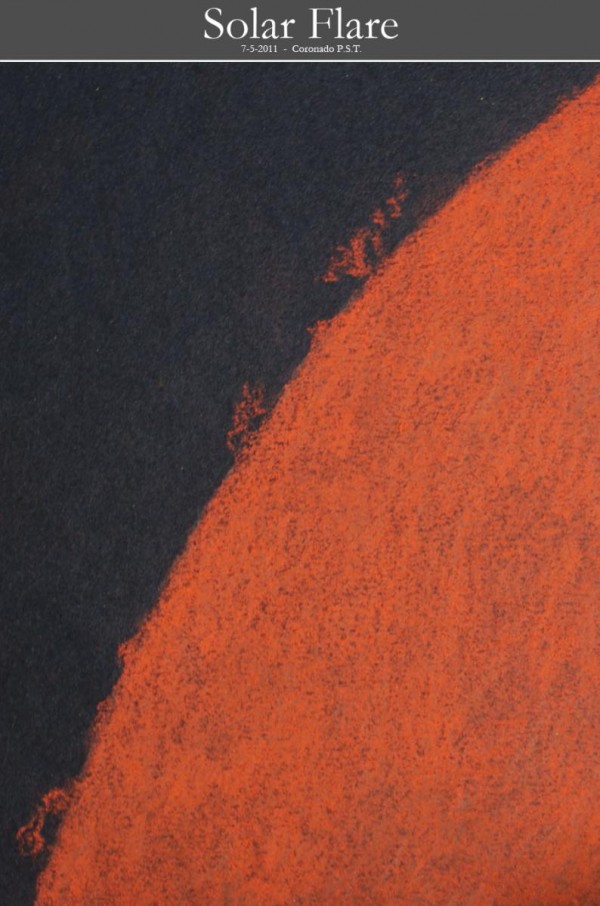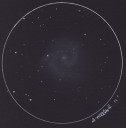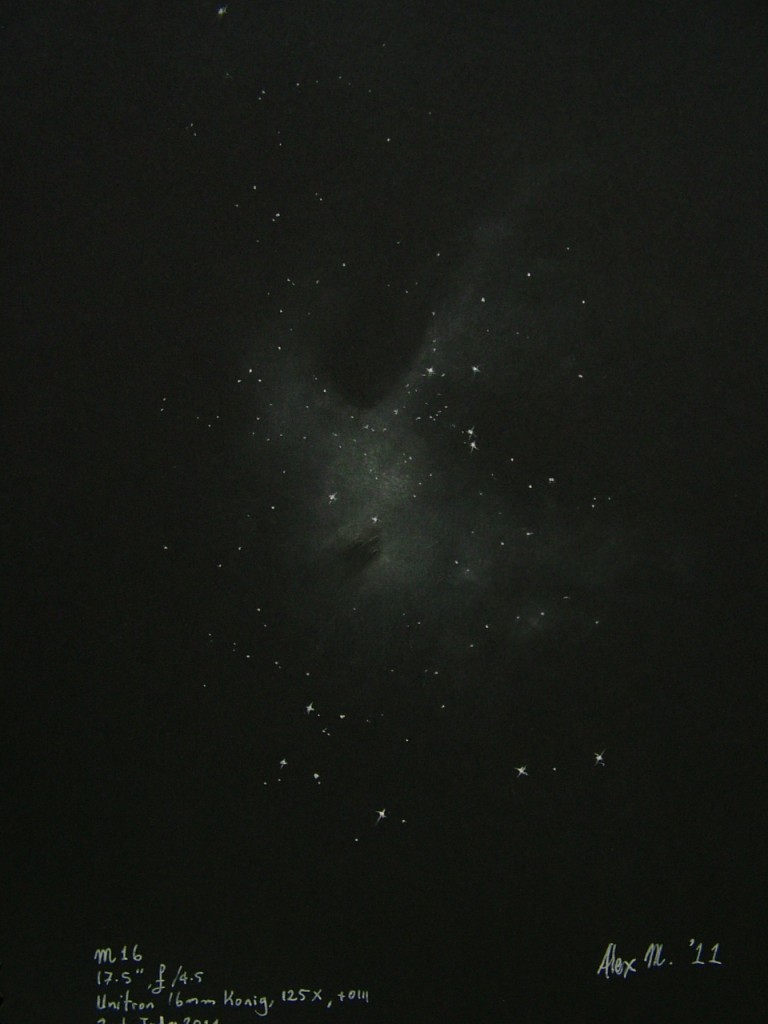
Hi all,
HOORAY! A clear dark sky!
This was my first visit to Wiruna, the dark sky site of the Astronomical Society of New South Wales (many thanks to Alex Comino for organizing my stay there 😉 ). This was the stomping ground of Scott Mellish, and it was such a great experience to meet some of his friends up there. He is so sorely missed.
Conditions started marvelously. Using my 17.5” dob, my first squiz of M16, had me gasping “There it is! There’s the Eagle!” So clear was the dark pillar system. So much so that I could also make out the distinct highlighted leading edge of the pillars! Even with an OIII filter! So cool!
This sketch of the Eagle took around two hours to complete.
It was also my first use of another treasure of an eyepiece, a Unitron 16mm Konig eyepiece. What a marvelous eyepiece! Not as long in eyerelief as newer eyepieces, but the image is one of the brightest I’ve seen, and easily has a 70* FOV.
Object: M16, The Eagle Nebula
Scope: 17.5” f/4.5 dob, push pull
Gear: Unitron 16mm Konig, 125X, + OIII filter, 33.6’ AFOV
Date: 2’nd June, 2011
Location: Wiruna, Ilford, Australia
Materials: White pastel, black & white charcoal pencils and white ink on A4 size black paper
Cheers,
Alex M.


